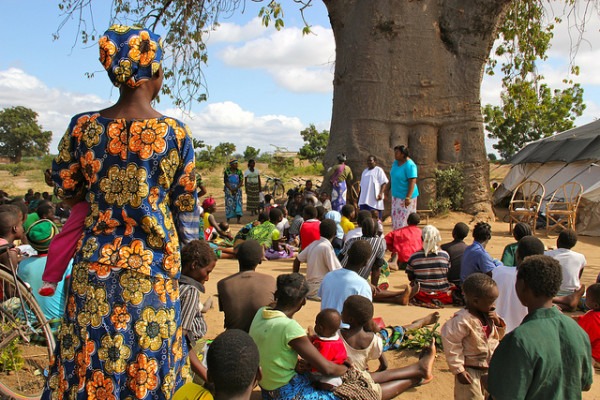Item Link: Access the Resource
Date of Publication: September 2015
Year of Publication: 2015
Publisher: Guttmacher Institute
Author(s): Aisha Nandini, Zoe Dasgupta, Basia Zaba, Amelia C Crampin
Journal: International Perspectives on Sexual and Reproductive Health
Volume: 41: 3
Contraceptive Dynamics in Rural Northern Malawi: A Prospective Longitudinal Study
Malawi has put in considerable effort, and achieved remarkable success, in increasing the use of modern contraceptives. Among women of reproductive age and their partners use of modern contraceptives has increased from 7% in 1990 to 42% in 2010. Yet, this increase in prevalence of use has not translated into a commensurate reduction in fertility. The total fertility rate in Malawi fell from 6.7 births per woman to 5.7 in the same time period –a TFR similar to countries like Mozambique and Tanzania where use of modern contraceptives in considerably lower.
Aisha Nandini, Zoe Dasgupta, Basia Zaba, and Amelia C. Crampin use a prospective longitudinal study in rural northern Malawi to investigate the disconnect and to consider whether modern contraceptive prevalence rate is the best indicator of program performance.
The views and opinions expressed through the MAHB Website are those of the contributing authors and do not necessarily reflect an official position of the MAHB. The MAHB aims to share a range of perspectives and welcomes the discussions that they prompt.
